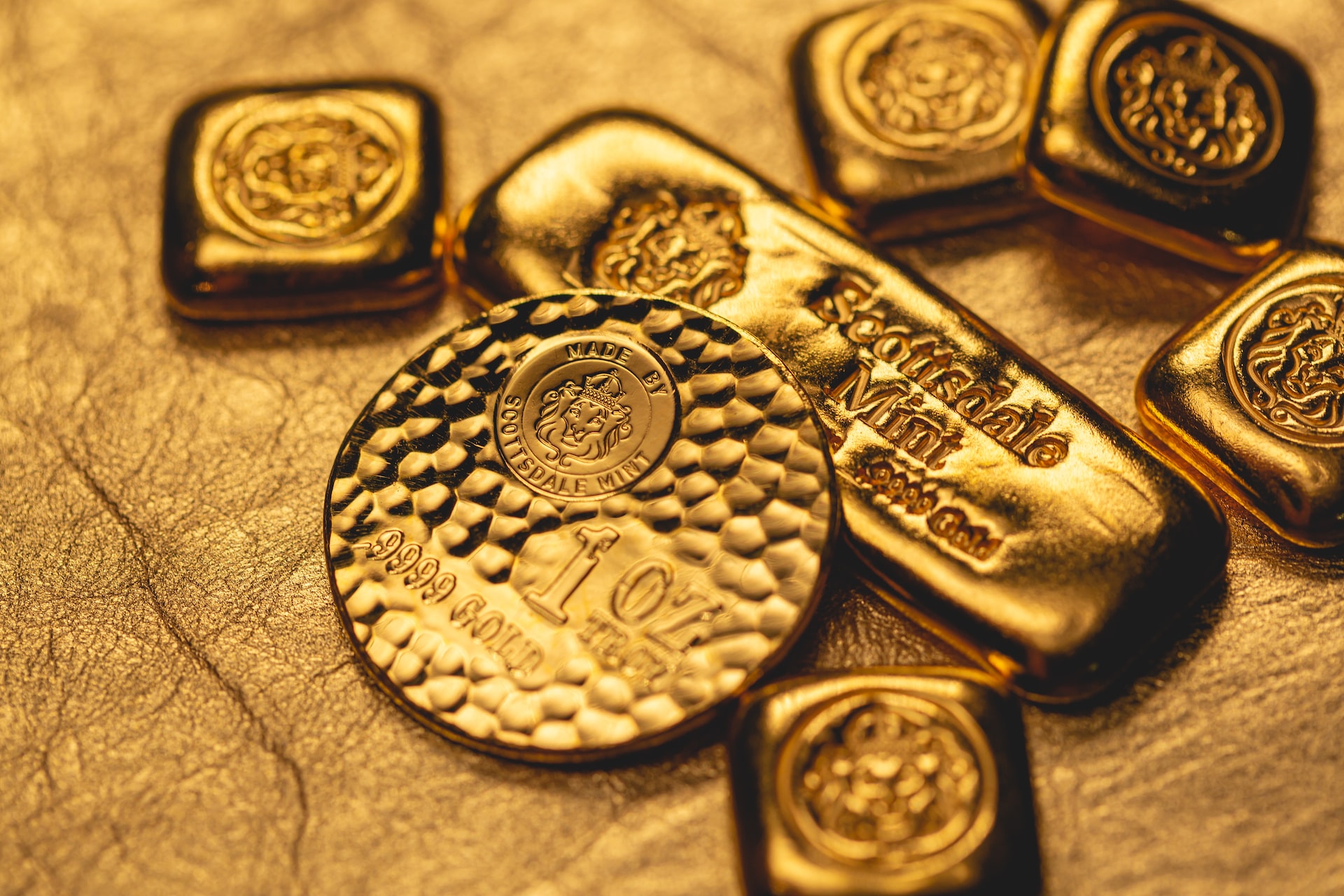
In today’s turbulent market, visionaries and entrepreneurs are beginning to focus on precious metals as a haven in their capital portfolio. Gold and silver stocks turned out to be a wise investment in a year that turned into more turmoil and trouble than anyone could have expected. Try not to trust me without knowing. Just look at the numbers. Silver’s year-to-date (YTD) gain stands at around 44.6% during the merger, and gold is up 23.8%. In fact, even the US stock market, which made an all-time high this fall, is only 14.6% from the merger. The origin of the price of precious metals can be explained by two important forces. First, risk-free lenders come to gold and silver as safe-haven, long-term assets of value. The next shift is the global commodity boom that the Covid-19 pandemic has embraced.
Assuming you are an investor looking for an opening for an acceptable asset class, now is a good opportunity to consider investing in precious metals. As the mastermind behind an internet-based resource company, I’ve helped many clients around the world do just that this year. So far, the results have been very positive. I will outline exactly how 2020 has been a great gem and give my thoughts on the weather for this new year.
Why should entrepreneurs care? Gold and silver are strong hedges against major bets on weakness in the financial markets. Generally, when global standards fall in respect, gold and silver prices tend to rise. This was useful during the web bubble of the mid-2000s, the global financial crisis of 2008 and now again during the Covid 2020 crisis.
In the period from October 9, 2007 to October 1, 2010, at the height of the emergency fund, the price of gold rose 78.9%, while the S & P 500 fell 20.1%. The initial period of the Covid pandemic, between December 1, 2019 and March 1, 2020, saw gold rise 7.6% while currency trading fell 19.8%.
As the Fed lowered interest rates due to the financial crisis, wealth began to flow out of the stock market and into gold. This supports market volatility and expansionary risks, such as quantitative easing (QE) and excessive borrowing costs that flood the economy and, ultimately, can lead to higher expansions.
The truth is that a reduction in government reaction can result in the destruction of your product’s value and your money. To withstand long-term difficulties, gold has the ability to retain its value after a short period of time and can provide funding to your business when it is most needed.
Gold Review: Eclipsing another all-time high
The price of gold reached its highest point on August 7, 2020, when it traded against the official $2,067 per ounce. Although gold has reached a high of $1,800 now, it rose to its first price on the first day of the year, when it was sold at $1,519 an ounce.
Despite a small boost in respectability in mid-March, gold moved slowly through the first part of 2020 as supporters looked for strength beyond the value market. A few interesting things happened in the positive development of the price of gold in 2020, including:
• Changed tensions between the United States and China.
• Continuity in the global retail network. • Public relations are rising at an undeniable level.
• Instability in the US stock market. • Political turmoil and weakness in the United States
• Pre-Covid-19 price hikes.
In evidence, global interest in gold is at its lowest level since the third quarter of 2009. This shows that changes in the supply side, which the disease continues to accept, has affected the price of energy of gold. If production is extended to 2021 and the expansion of Moderna’s vaccine and Pfizer/BioNTech, it is logical that modern interest in gold will increase in relation and increase the value of the product.
Silver: A hot topic in 2020
Silver prices hit seven-year highs when they hit $29.14 an ounce around the beginning of August. Interestingly, in gold, real interest in silver reached 65% in the first 3/4 of 2020. More importantly, silver mining added to $8.8 billion in losses on precious metals returns in the first part of 2020 alone. The end of the mining activity affects silver in particular, which has seen 101 mines shut down due to the Covid-19 pandemic. Overall, silver is poised for its year-over-year gains starting around 2013, according to a November report from the Silver Institute. Like gold, expansionary monetary policy is also responsible for much of silver’s development, and inflation in the new year could continue to put pressure on silver prices.
There is a lot of value for precious metals in the coming years
Some of the world’s largest financial institutions take long positions in precious metals, including the likes of Warren Buffett and Ray Dalio. Despite price volatility in the third quarter, precious metals are expected to post steady strength despite increased liquidity from domestic banks, lackluster corporate rates and government stimulus in the new year. Gold and silver’s transitory growth in 2020 has been fueled by the weakness of the financial sector. Many of these still exist today. This is especially true for silver, whose market value will benefit significantly from the increase in modern assembly in the coming year.
The current global level of activity is over $255 billion. Deteriorating public accounting records reflect the need for strong liquidity and safe-haven stores of valuable assets, which gold and silver have historically contributed to.
Now, all signs point to a trend, although more modest, rising in the price of precious metals in the coming year. Smart investors would do well to consider including them in their capital portfolios to hedge their bets on the market.